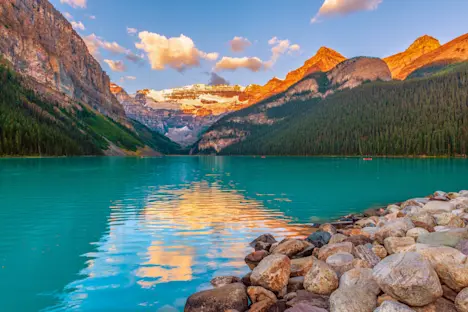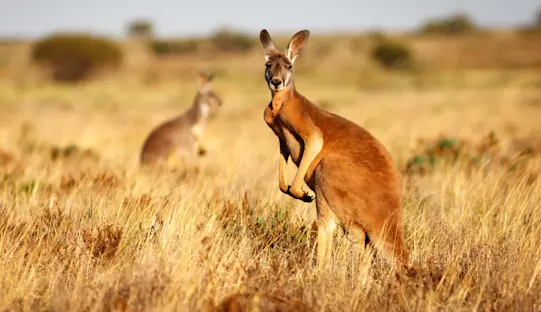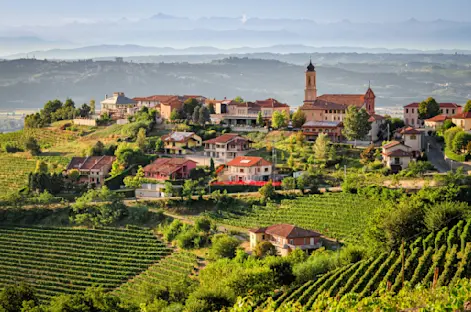Know Before You Go
Whether you're preparing for your upcoming safari or just want to learn more about Botswana, be sure to check out these useful resources. Learn about African animals and habitats, browse helpful packing tips and read inspirational travel stories that will bring the wilds of Africa close to your heart.
Botswana Safari Guide
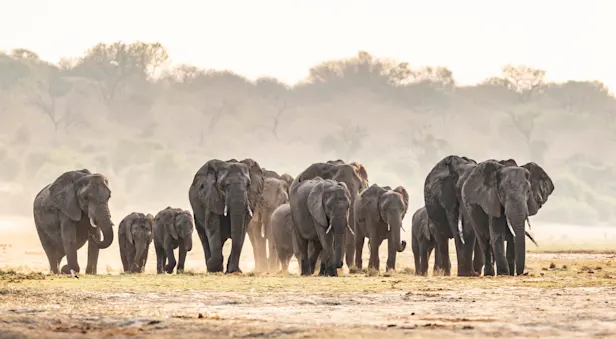
Why Choose a Botswana Safari?
Known for its thriving wildlife, protected ecosystems and commitment to sustainability, learn why Botswana is a top choice for nature travelers and get answers to frequently asked questions.
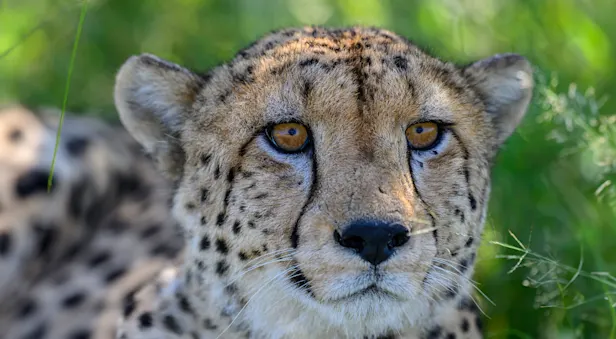
Where Should I Go on A Botswana Safari?
Botswana’s diverse safari regions—Okavango Delta, Chobe National Park, Central Kalahari, and Makgadikgadi Salt Pans—offer exceptional wildlife, desert and delta landscapes, and cultural heritage year-round.
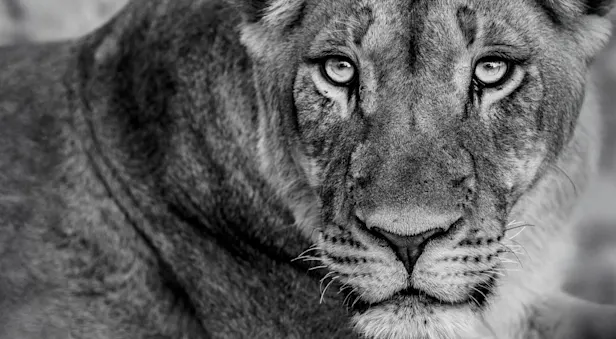
What Wildlife Will I See on a Botswana Safari?
Encounter the Big Five—lion, leopard, elephant, buffalo and rhino—as well as elusive wild dogs, cheetahs, abundant antelope herds, hippos, crocs, countless predators and more.
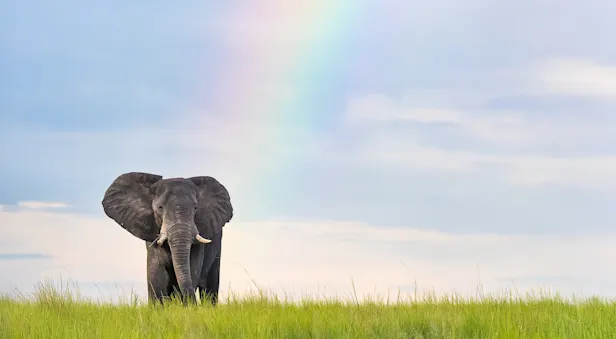
When Is the Best Time to Go on a Botswana Safari?
Botswana is a year-round safari destination. The dry season (May–October) offers peak wildlife density, while the green season (November–April) brings lush landscapes, migrant birds, newborns and fewer travelers.
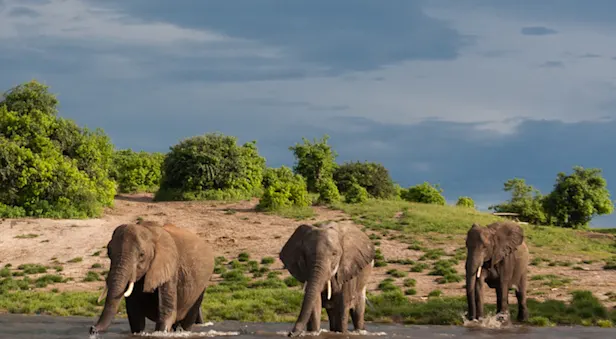
Average Temperatures & Rainfall by Month
Find out average temperatures and precipitation for each month in Linyanti Reserve, Okavango Delta and Central Kalahari.
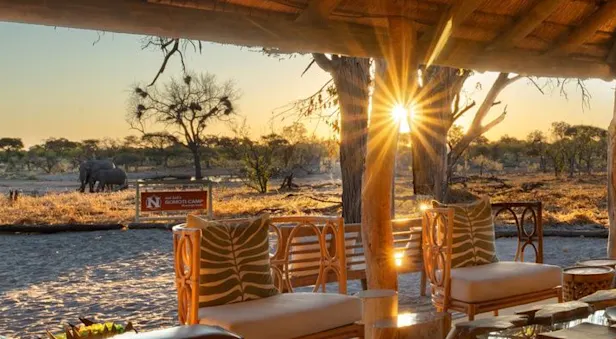
Where Will I Stay on a Botswana Safari?
From luxury safari lodges in the Okavango Delta to remote bush camps and mobile camping deep in the bush, Botswana offers a range of accommodations.
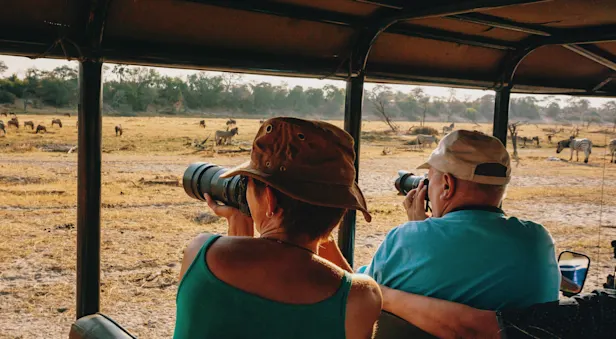
Photography Tips
Whether you're an experienced photographer or just getting started, you'll want to read these essential photo tips from our Natural Photographer blog before your Southern Africa safari.

Packing List
We've made a comprehensive list of all the clothing and gear you'll want to pack so you'll be well prepared for your Southern Africa safari.
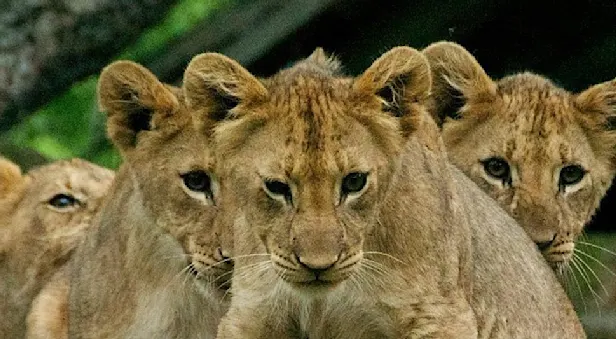
African Wildlife Trivia
Take our African safari wildlife quiz to put your knowledge to the test, then share it with your family and friends to see who knows the most about life on the savanna!
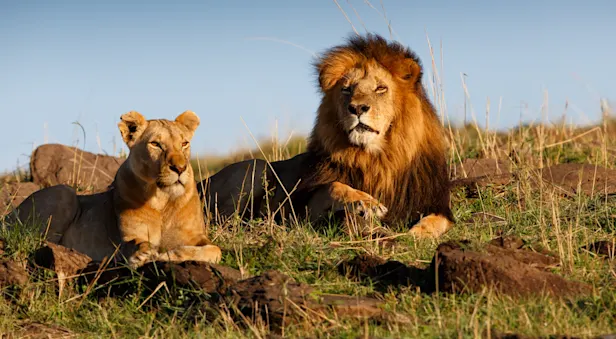
Botswana Conservation & Community
Read on to learn how our initiatives in Botswana help protect African wildlife, preserve culture and support community development.
Travel Stories
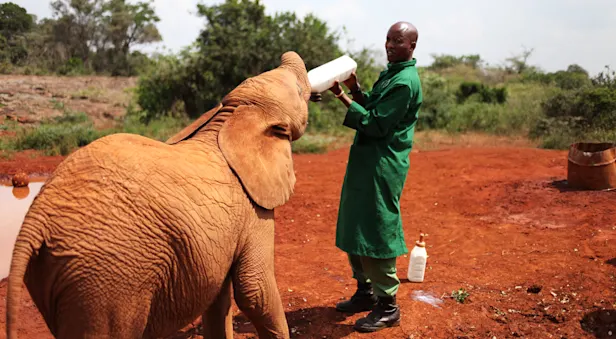
Why Botswana Is a Model for Ecotourism Around the World
—By Michelle Peters
Nat Hab has redefined the definition of a sustainable safari by focusing on the “4 Cs”: commerce, conservation, community and culture. Let’s take a closer look at ecotourism in Botswana and how it relates to your experiences in the heart of wildest Africa!
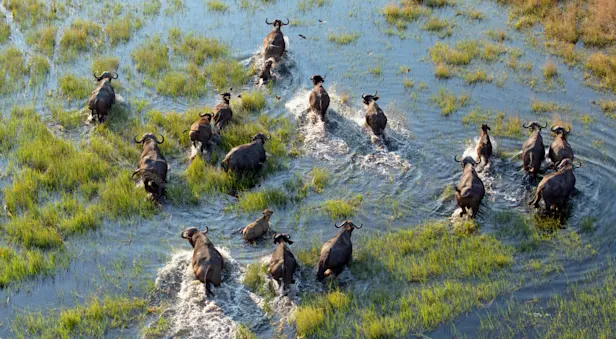
KAZA: How a Shared Vision for Conservation Became the World’s Largest Transboundary Protected Region
—By Joel Centano
Southern Africa’s Kavango-Zambezi Transfrontier Conservation Area showcases convergence, confluence and coexistence. Discover how this unprecedented effort benefits wildlife, communities and travelers—and how travelers on Nat Hab’s Secluded Botswana Safari can help advance KAZA’s mission.
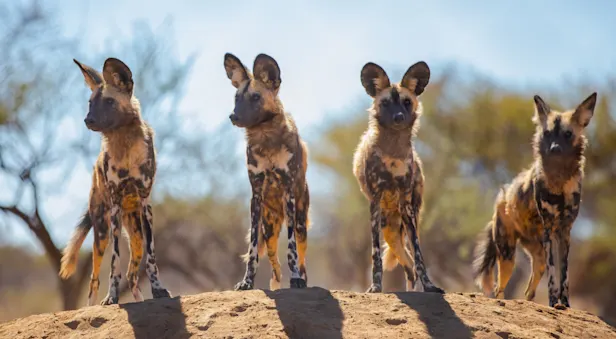
Chasing Dreams and Wild Dogs in Botswana: A Safari Travel Story
—By Valerie Gleaton
“I felt a connection to Botswana that I really can’t explain—there’s just something about it,” Jan says. “There’s a certain kind of happiness when you’re in a place that touches you so deeply that you cry. It’s powerful.” “Every day was new and every day was great,” Dennis adds. “It was our dream trip.”
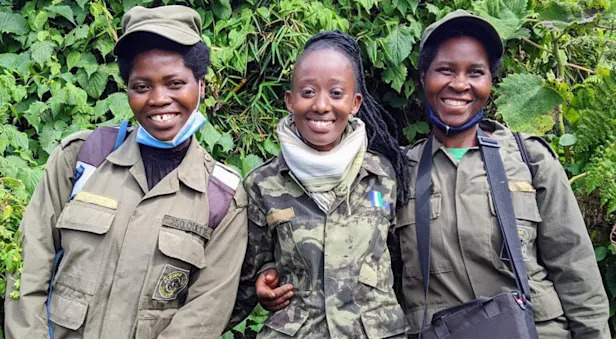
Meet the Pioneering Women Changing the Face of the African Safari Industry
—By Lavanya Sunkara
Women aren’t just breaking barriers; they’re paving the way for others to follow. They’re working as guides, security officers, head chefs and managers, and saying, “anything a man can do, we can do, too.”
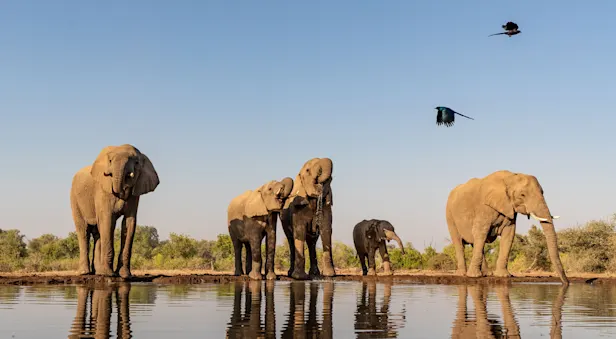
World Elephant Day: Elephants Abound on a Southern Summer Safari
—By Samantha Miller
Celebrate these majestic mammals during Botswana's green season, where mothers and babies abound in Chobe National Park, home of the largest surviving elephant population in the world.
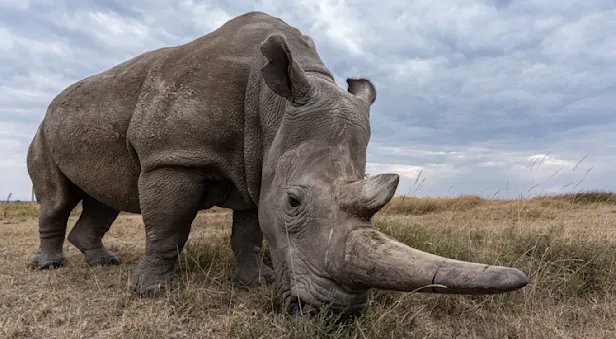
Celebrate World Rhino Day Alongside Nat Hab Conservation Hero Richard de Gouveia
—By Megan Brief
On September 22, conservation scientists and animal advocates join forces in recognition of our planet’s five species of rhino. Learn how Richard saves species as a Sony Ambassador and Expedition Leader for Nat Hab & WWF.
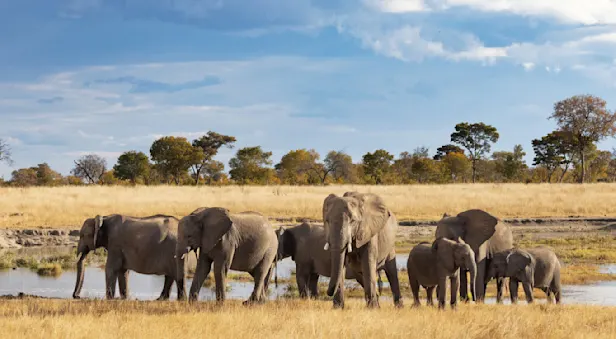
The Land of The Giants: Chobe National Park
—By Megan Brief
Known as ‘The Land of The Giants’—Chobe National Park, nestled in the north of Botswana—is home to Africa’s largest population of elephants. Travel with Nat Hab & WWF and watch these mammoth mammals bathing and playing in the water as you cruise the Chobe River’s marshy channels and visit local communities to see their conservation initiatives in action!
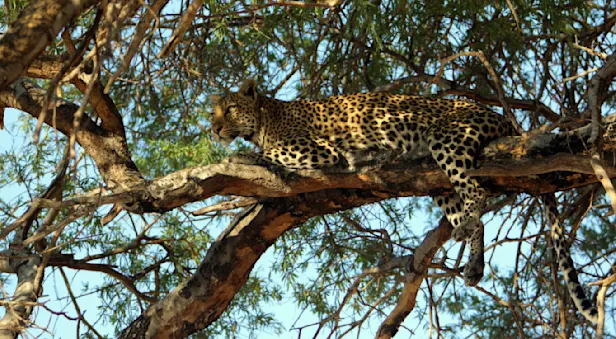
Nature: The Currency of a Life Worth Living
—By Jesse Marcus, WWF
The time I spent in Southern Africa seems like a dream now. But even though the memories may fade, they remain the gift that keeps on giving. That is what it means to be enriched by an experience. It stays with you. It changes you. It makes you a part of it. Forever.
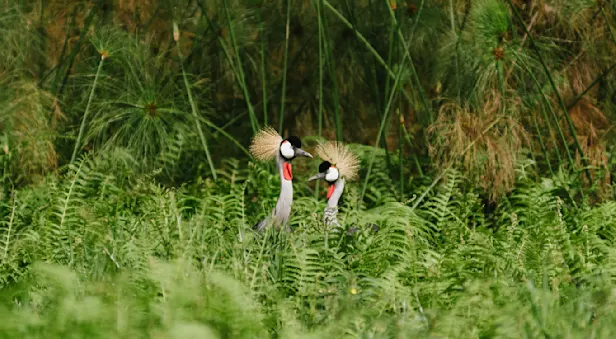
Africa’s Amazing Birdlife
—By Laura Kiniry
Game drives, it turns out, don’t have to be all about lions and elephants. Some of the world’s smallest (and often, not so small) winged wonders are often fluttering about right before our eyes. Here are eight extraordinary avians to keep an eye out for on your next African safari with Nat Hab.
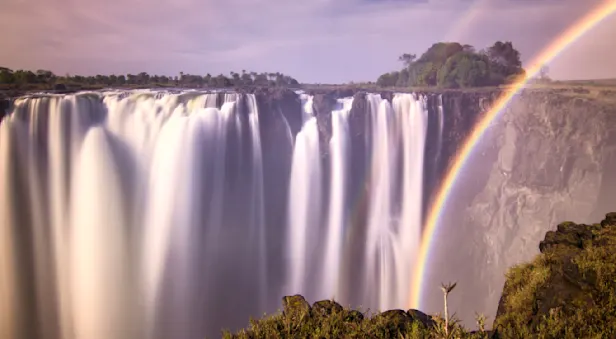
Traveling to Victoria Falls—5 Facts to Know Before You Go
—By Emily Goodheart
Victoria Falls is the Eden of Africa. Spray from the cataract creates a multitude of rainbows and forms a rainforest microclimate, with lush greenery growing along the canyon sides. The thunderous, iridescent water is astounding to behold—learn more about one of Earth’s greatest natural wonders.
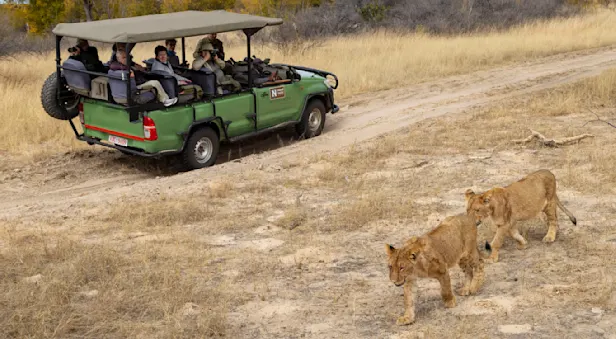
Searching for the Lions of Botswana
—By Nat Hab traveler Debra Eliezer
Often times the excitement of the search is just as thrilling as spending time with wildlife on an African safari. Experience what it’s like to search for and see lions in the wild in this first-hand account!
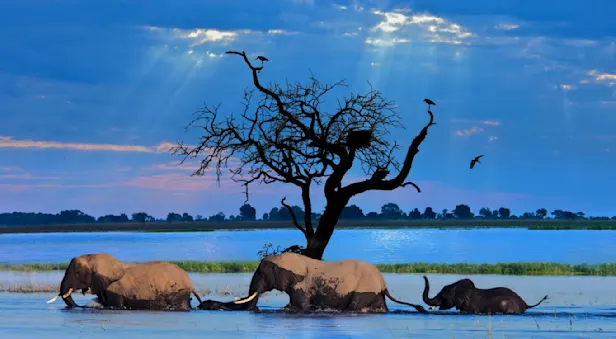
6 Reasons to Go on a Botswana Safari During the Green Season
—By Jon Jared
The green season in Botswana falls between late October and March. It’s a time when rain showers turn arid landscapes green, animals migrate from their winter watering holes to the salt flats of the south, and new life appears around every corner.






